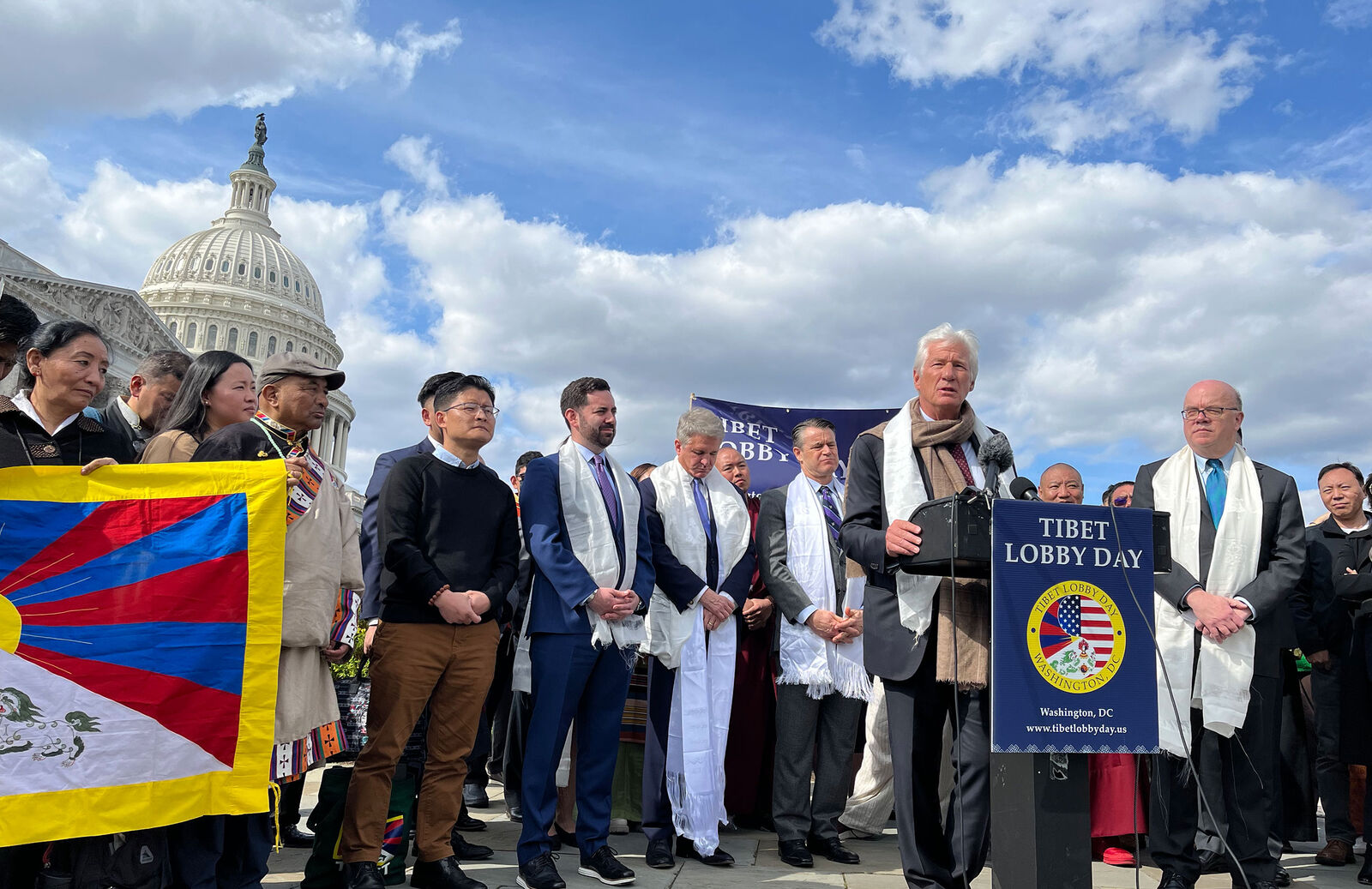




His Holiness the Dalai Lama's 90th Birthday in Tibet
For Tibetans inside Tibet, under the rule of the Chinese Communist Government, any public celebration of His Holiness the Dalai Lama’s 90th birthday is strictly forbidden—often at the risk of imprisonment or even threats to life. Yet, with eyes closed and palms pressed together, we hold them in our hearts and pray they find quiet, courageous ways to honor this day. Though their voices may be silenced, they are with us—in spirit, in thought, and in the shared heartbeat of this global celebration.
Note on the Political Geography of Tibet:
Tibet was traditionally comprised of three main areas: Amdo (north-eastern Tibet), Kham (eastern Tibet) and U-Tsang (central and western Tibet). The Tibet Autonomous Region (TAR) was set up by the Chinese government in 1965 and covers the area of Tibet west of the Dri-chu (Yangtse river), including part of Kham. The rest of Amdo and Kham have been incorporated into Chinese provinces, where they were designated Tibetan autonomous prefectures and counties. As a result most of Qinghai and parts of Gansu, Sichuan and Yunnan provinces are acknowledged by the Chinese government to be “Tibetan.” ICT uses the term “Tibet” to refer to all Tibetan areas currently under the jurisdiction of the People’s Republic of China.
With regard to access, the different political divisions of Tibet have broadly different levels of restrictions. The Tibet Autonomous Region is generally more restricted than areas administered by Qinghai, Gansu, Yunnan, and Sichuan provinces, while Dechen prefecture in Yunnan typically experiences fewer restrictions than much of the rest of Tibet. The system of requiring every foreigner who enters the Tibet Autonomous Region to acquire a special entry permit is unique within the People’s Republic of China; no other province-level region in China requires this.
More details - - links to an external site.


.svg)
